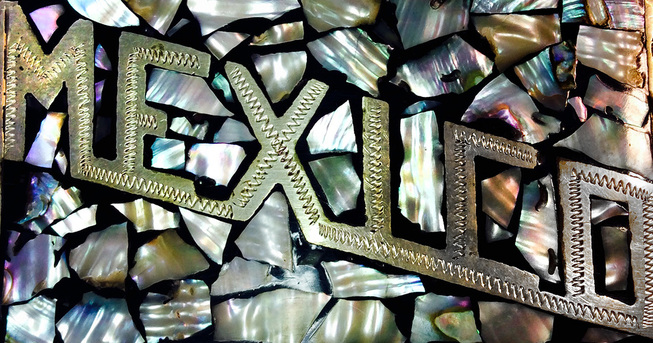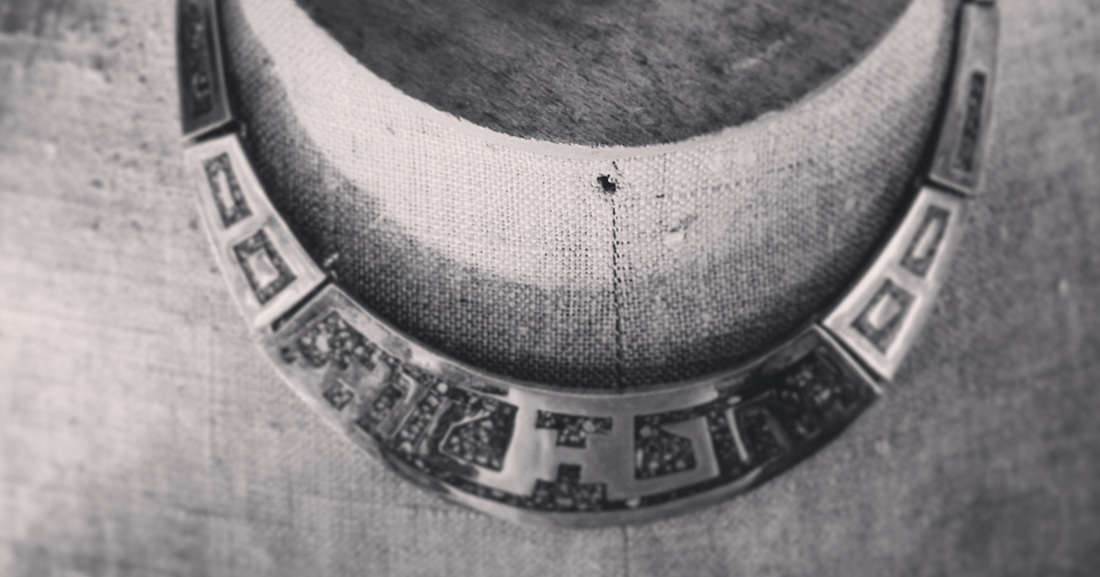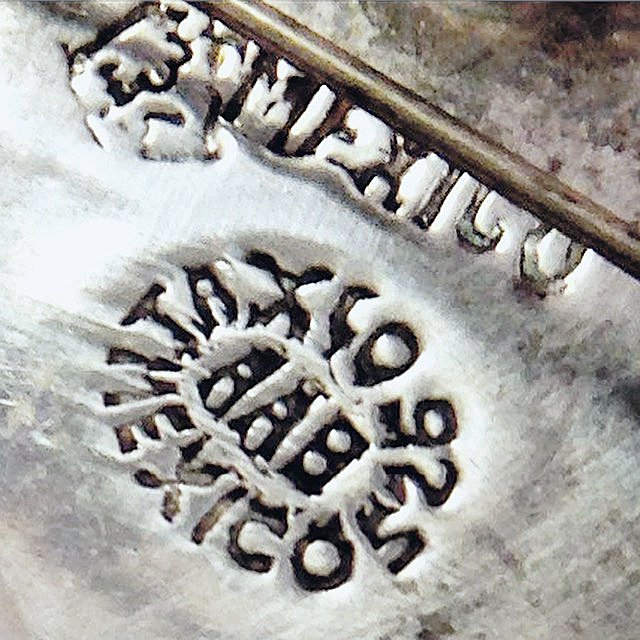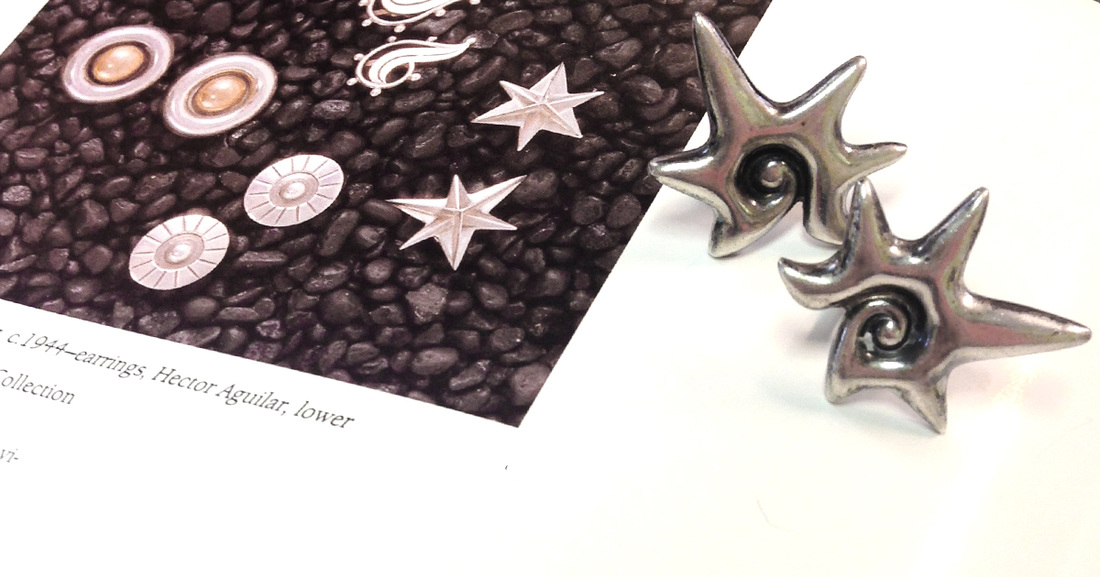William Spratling: the Man and the Movement
This month, a look at how one man generated a design movement in Mexico that's still going strong nearly a century later.
-by Martha Whitney Butler
That same year, he embarked on his first trip to Mexico, which became a routine summer getaway for him (and provided a lecturing gig at the University of Mexico) until he succumbed to the country's charms and relocated in 1929. He quickly fell into the Mexican equivalent of the French Quarter artist crowd where he aided famous muralist Diego Rivera in securing the first showing of Mexican art in the U.S.
Nudged by U.S. Ambassador Dwight Morrow, he visited the town of Taxco, which had been the site of silver mines for centuries, even though it was not particularly known for producing silver objects and jewelry. It was here he decided to set up his studio, Taller de las Delicias. Keep in mind that Spratling was not known for being a silversmith, but for being a designer. His business model was based on employing native silver- and goldsmiths to produce his designs which were primarily inspired by pre-Colombian motifs. The production of these designs extended from tin and copper items to textiles and furniture as other craftsmen were employed. His growing enterprise surpassed his expectations and paved the way for many up and coming young silversmiths and artists. Taller de las Delicias gave these artisans an opportunity to develop their craft and led them to open their own shops with the support and encouragement of Spratling - thus spurring the movement we know today as the Taxco Movement.
The pieces that were born of this era proudly boast the hallmark TAXCO, as well as the maker’s hallmark, which Spratling insisted each artist develop. He said in his autobiography, "Worthwhile silver requires that it be identified with the name and reputation of its maker."
Spratling's earliest silver jewelry designs were stamped with a hallmark that replicated the brand he used for his horses. Just a few years later, around 1933, Spratling developed the structure of a hallmarking format that he followed until his untimely death in an automobile accident in 1967. He spent over thirty years developing his craft and the craft of the Mexican silver movement and his designs fetch record prices in antique shops and auctions. You may recall the Spratling earrings I mentioned in last month’s article. When I mentioned them to a fellow collector, I was promptly asked how much I wanted for them. Needless to say, I couldn't give them up. Sometimes a girl’s got to have nice things. Comments are closed.
|
Categories
All
Archives
July 2024
|
Shoofly Magazine Partners
Our Shoofly Partners are local businesses and organizations who share our mission to enrich community life in Bay St. Louis, Waveland, Diamondhead and Pass Christian. These are limited in number to maximize visibility. Email us now to become a Shoofly Partner!
































 RSS Feed
RSS Feed























